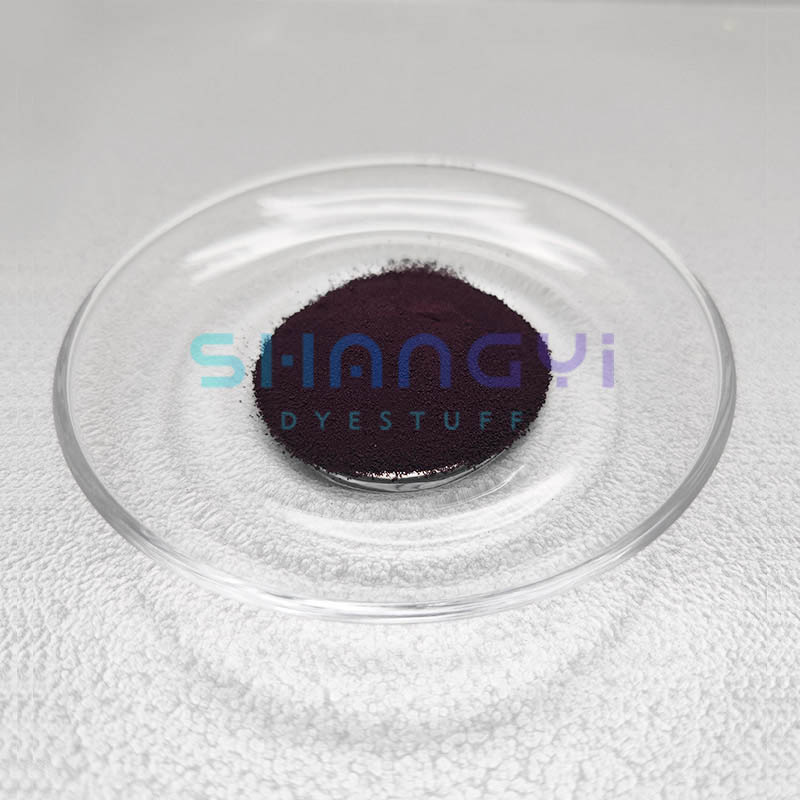What is the concept of dye?
2023-10-13
The concept of dye revolves around the idea of imparting color to a material by chemically or physically interacting with its surface. Dyes are substances that are used to color materials like textiles, fibers, papers, plastics, and more. They are designed to be absorbed, adhered to, or otherwise incorporated into the material, resulting in a change in its appearance.

Key concepts related to dyes include:
1. Color Absorption: Dyes work by being absorbed into the material they are applied to. The dye molecules interact with the molecules of the material's surface, resulting in a change in the material's color.
2. Chemical Bonding: In many cases, dyes chemically bond with the material they are applied to. This bond can be strong enough to ensure the color remains stable over time, even through exposure to light, washing, or other environmental factors.
3. Colorfastness: Colorfastness refers to the ability of a dye to resist fading or changing color when exposed to various conditions, such as sunlight, water, and detergents. Dyes with good colorfastness retain their color for longer periods.
4. Types of Dyes: Dyes can be categorized into various types, such as natural dyes (derived from plant or animal sources), synthetic dyes (chemically created), direct dyes (used on cotton and other cellulosic fibers), reactive dyes (form strong covalent bonds with fibers), acid dyes (used on protein fibers like wool), and disperse dyes (used for synthetic fibers like polyester).
5. Application Methods: Dyes can be applied using different methods, including immersion dyeing, padding, printing, and spraying. The choice of method depends on the material, the desired effect, and the dye's characteristics.
6. Color Theory: Dyes follow principles of color theory, including primary colors (red, blue, yellow), secondary colors (created by mixing primary colors), and color mixing to achieve specific shades.
7. Color Matching: In various industries, including textiles and printing, color matching is important to ensure consistency and accuracy in the color produced by the dye. This involves precise measurement and adjustment of dye concentrations.
8. Dyeing Process: The dyeing process involves preparing the dye solution, immersing the material in the dye bath, allowing the dye to be absorbed, rinsing the material to remove excess dye, and sometimes fixing the dye through heat or chemicals.
9. Environmental Considerations: Dyeing processes can have environmental impacts due to the use of chemicals and water. Sustainable dyeing methods and the use of eco-friendly dyes are gaining importance to minimize these impacts.
Dyes have a wide range of applications in various industries, from fashion and textiles to printing, packaging, art, and more. The concept of dyeing involves understanding the interactions between dyes and materials to achieve desired colors, effects, and levels of durability.


